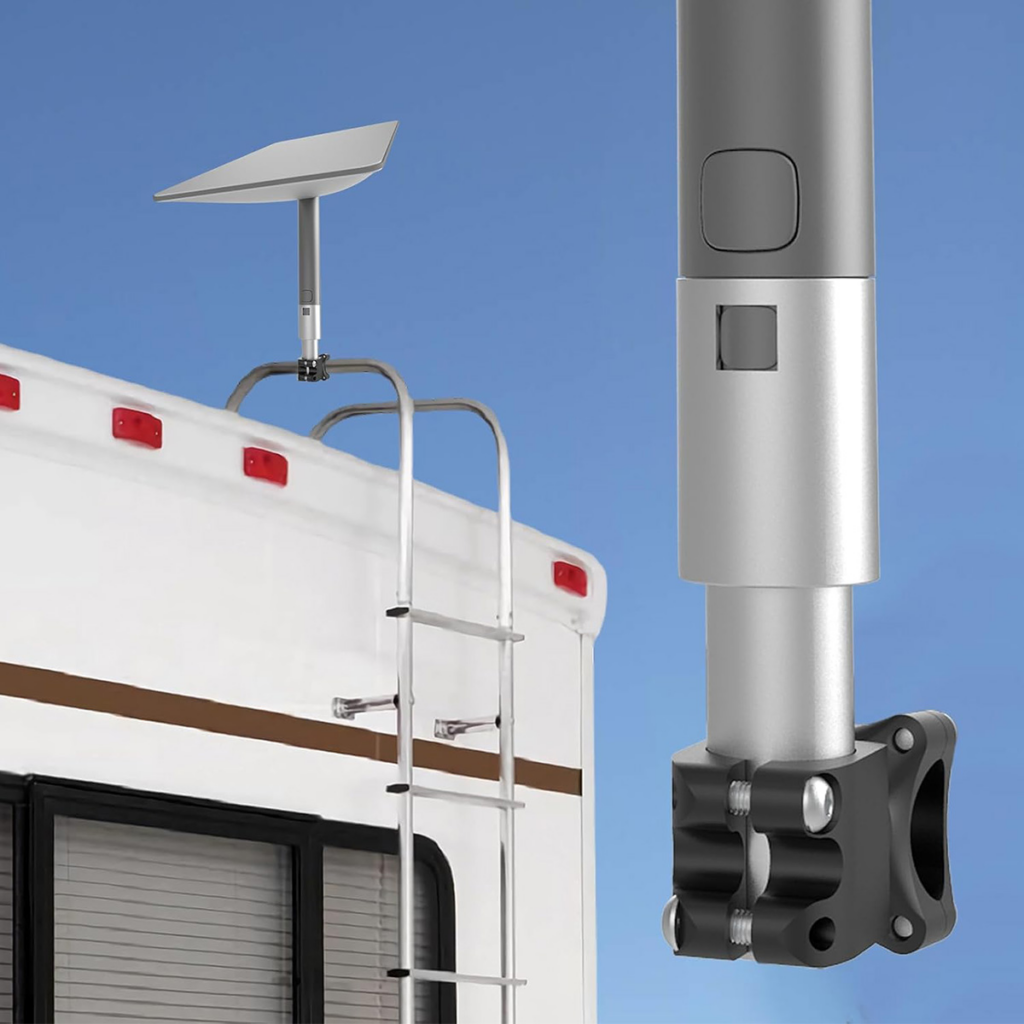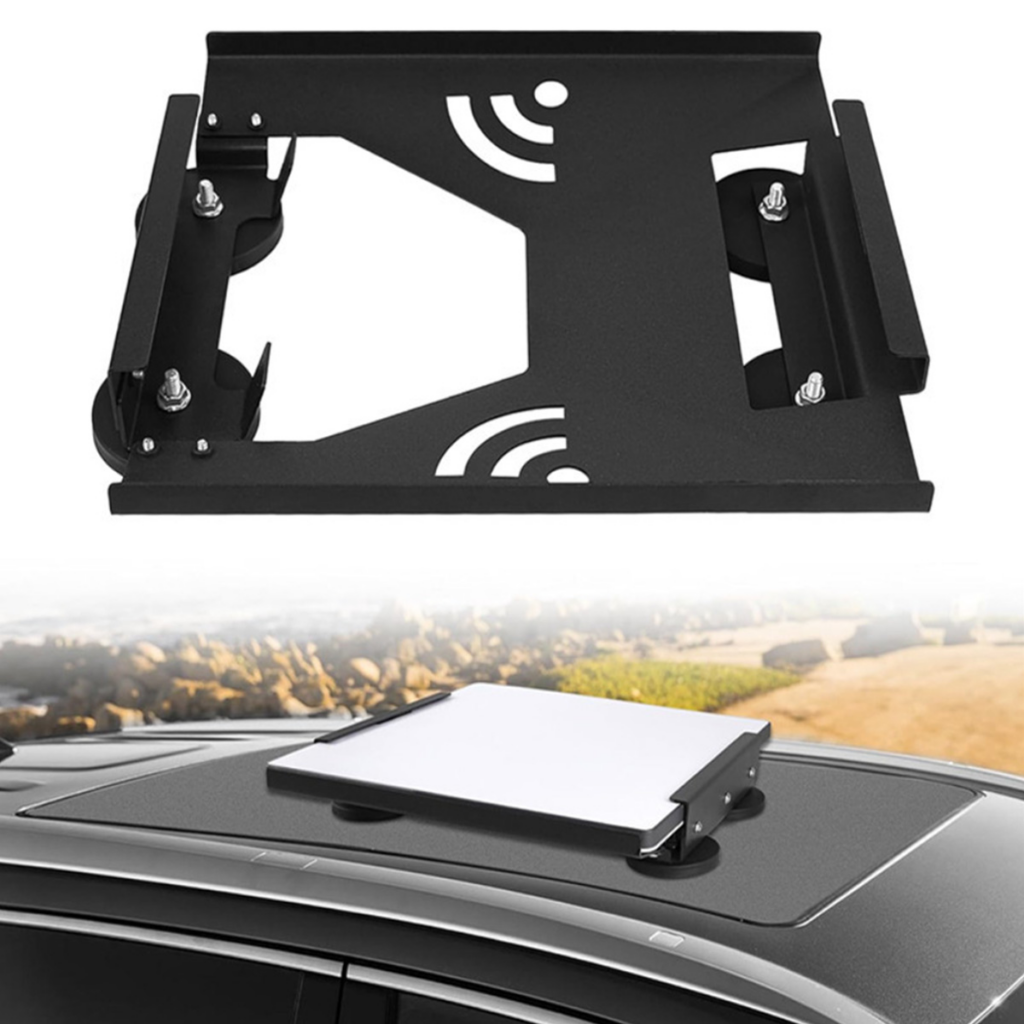Choosing the right Starlink mounting bracket is more than just a matter of preference—it directly affects signal quality, stability, and long-term reliability. For users of parts4star.com, the two most common bracket types are flat surface mounts and pole mounts. But which one fits your setup best?
This article breaks down the advantages and limitations of each, helping you make an informed decision based on your environment and needs.
Understanding the Two Mounting Types
Flat Surface Mounts
Flat mounts are designed to attach Starlink terminals to horizontal surfaces such as:
- Rooftops (residential or RVs)
- Car roofs
- Boat decks
- Outdoor platforms
These brackets typically use suction cups, magnetic bases, or bolt-on mechanisms. They’re easy to install, often low-profile, and ideal for mobile users who need quick setup and teardown.
Pole Mounts
Pole mounts are built to attach to vertical structures like:
- Flagpoles
- Balcony railings
- RV ladder bars
- Boat railings
They usually clamp onto cylindrical poles, providing elevation to clear obstructions such as trees or nearby buildings. Some designs are adjustable and don’t require permanent drilling.
Flat vs. Pole: Key Comparison
| Feature | Flat Surface Mount | Pole Mount |
|---|---|---|
| Installation Complexity | Simple, often tool-free | Requires secure clamping or tightening |
| Portability | High – ideal for travel | Medium – semi-permanent |
| Elevation Support | Limited – relies on surface location | High – can raise the dish significantly |
| Surface Requirements | Needs a stable flat area | Needs a vertical pole or tube |
| Use Case Fit | Mobile, compact setups | High-obstruction or semi-fixed installs |
When to Choose a Flat Mount
Consider a flat surface mount if you:
- Travel often and need to move your dish between locations
- Have access to stable, unobstructed flat surfaces
- Prefer a minimalist look on your RV, car, or deck
- Don’t want to modify your vehicle or structure permanently
Flat mounts sold on parts4star.com are especially suited for Starlink Mini and mobile setups, offering convenience without sacrificing performance.
When to Choose a Pole Mount
A pole mount might be a better fit if you:
- Need extra height to clear buildings or tree lines
- Want to install Starlink on a rooftop, balcony, or metal bar
- Require more flexible angling for better signal alignment
- Need a bracket that avoids drilling or roof penetration
Pole clamp brackets from parts4star are compatible with standard 30–50 mm poles, making them ideal for universal RV ladders, marine rails, and more applications.
Other Factors to Consider
- Starlink model compatibility: Check whether your dish is Mini, Standard Gen 2, or Flat High Performance. Some mounts are tailored for specific dimensions.
- Material durability: For outdoor and marine use, brackets with stainless steel or powder-coated surfaces offer better corrosion resistance.
- Wind resistance: Elevated setups (like pole mounts) should be extra secure in windy regions.
- Regulations and clearance: Ensure your chosen mounting method doesn’t violate local zoning or HOA guidelines.
Conclusion
Both flat surface and pole mounts have their strengths—your choice depends entirely on your installation surface, mobility needs, and surrounding environment.
- Go with flat mounts if your usage is mobile, fast-moving, and clean in design.
- Opt for pole mounts when signal obstruction, height, or elevation flexibility matters most.
parts4star.com provides purpose-built mounting brackets engineered to work with all Starlink generations. Whether on the road, on a rooftop, or at sea, there’s a reliable mounting solution to support your connectivity.
Explore more bracket options today and optimize your Starlink performance with confidence.






